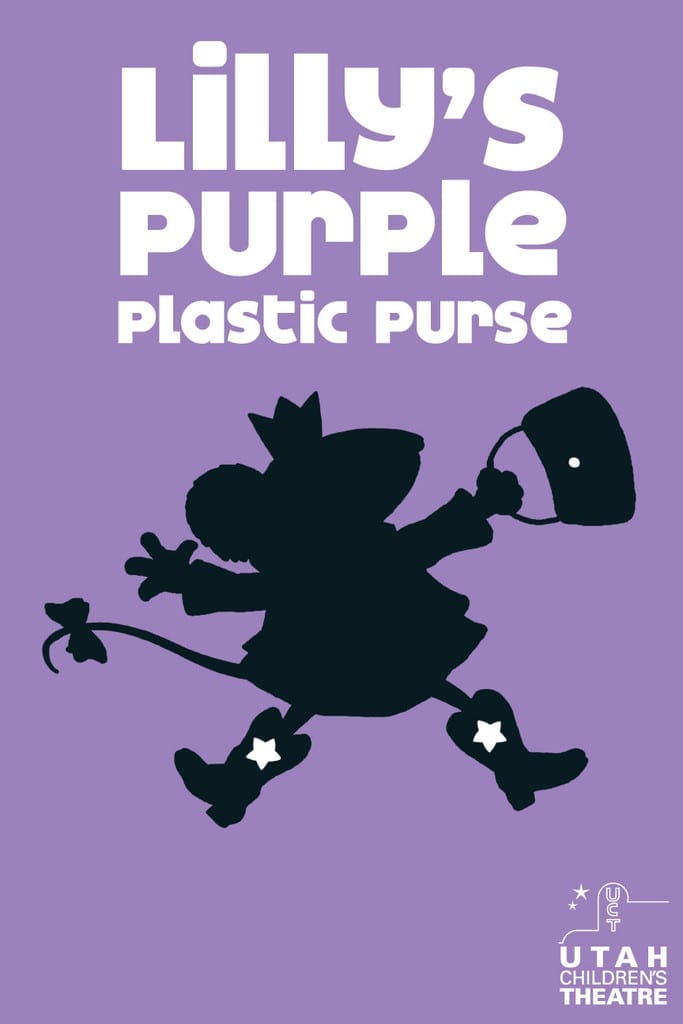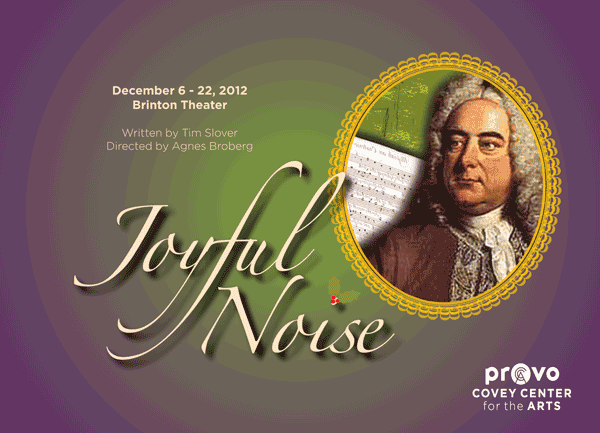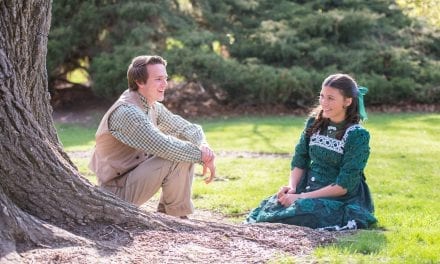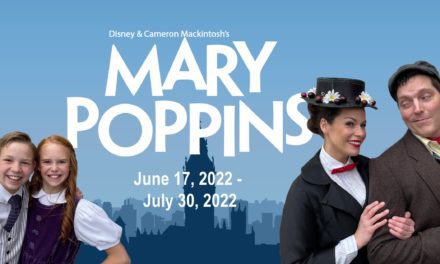SOUTH SALT LAKE — To many adults, the problems that most children face are trivial. But to a young child problems such as disagreeing with friends, not liking their teacher, or being punished by parents may seem like insurmountable events that get in the way of their happiness. But kids nevertheless need to learn how to handle these problems in order to get along with others. Lilly’s Purple Plastic Purse is a play (written by Kevin Kling and based on the books by Kevin Henkes) about how a young mouse named Lilly learns to deal with the problems that many children face. In the course of the story Lilly learns that even if she is “Queen of the World,” other people are important, too.
Director Kathryn Lee Moss created an environment for the play that was reminiscent of children’s television shows or cartoons. The play never deviated from that ambiance, which helped maintain a consistency in the play that would be comforting to the 4- to 10-year-old crowd. Kathryn Lee Moss also helped her actors build characters who displayed the mannerisms and behaviors of children, and many characters (especially Lilly) displayed the boundless confidence common among young children. Kathryn Lee Moss also created some excellent school scenes, which with minimal scenery and less than a dozen actors captured the restlessness of an elementary school classroom. My only complaint about Kathryn Lee Moss’s otherwise exemplary directing was that it was not always clear (especially at the end of the first act) that the fantasy sequences were taking place in Lilly’s mind and not in real life.
The acting in Lilly’s Purple Plastic Purse were unsubtle, but for this script and audience that was just fine. The over-the-top gusto that Morgan Western showed as Lilly was endearing—not annoying—and made her portrayal of a young child believable. I adored Western’s reactions to Lilly’s new baby brother, Julius (Charlie Junkins), and her completely uninhibited dancing was sweet. Landon Kraczek (as Chester) and Joseph Paul Branca (as Wilson) were likewise totally lacking in self-consciousness as Lilly’s nerdy friends. The two performers provided a nice contrast to Lilly’s intensity and were enjoyable for the young children in the audience (even if a little too cartoonish for my tastes). Finally, Junkins stole the show as he operated a mouse hand puppet that stood in for Julius. Junkins and Kathryn Lee Moss showed that low-tech theatre tricks can be used to convey emotion, humor, and action in an accessible way.
Christina Wilson‘s costumes for Lilly’s Purple Plastic Purse were cute, with each actor wearing small mouse ears and a pink tail. Wilson was also smart to dress her actors as adults- or children-as-seen-by-children, rather than solely as mice or as realistic adults or children. Brandon Moss‘s lighting designs were imaginative, especially when the titular purple purse was revealed orLilly had to sit in the Uncooperative Chair. I also liked Kathryn Moss’s sound designs, although the music was sometimes too loud for me to hear the actors.
Normally I am not very good at reviewing theatre for young audiences, but this time I brought two of my nieces to the play so I can see their reaction to the play. They sat enthralled during the entire show, and many of the jokes elicited vocal laughter from them. It was both girls’ first play, and both had many positive things to say about the production. I agree with them. Lilly’s Purple Plastic Purse is perfectly suited for young children and teaches them valuable lessons about daily life. The Utah’s Children’s Theatre understands their audiences, and Lilly’s Purple Plastic Purse is another in a long line of successful productions from UCT.







